Papillomatosis of the genital organs increases the risk of infection for partners and complicates personal life, and during childbirth it is often transmitted from woman to child.
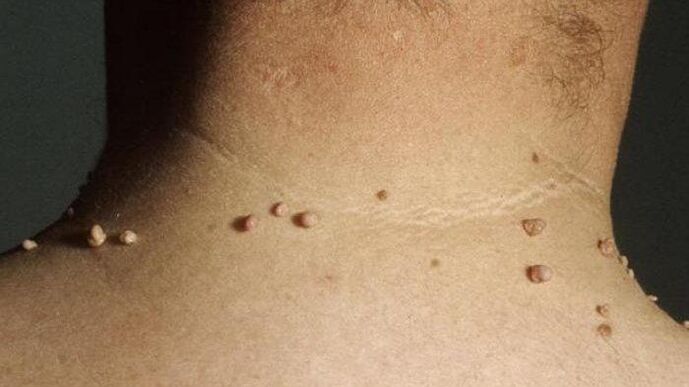
Reasons
The main cause of the formation of growth is HPV, which enters the body in various ways. It is introduced into the cells of the squamous epitheliiam and stays in them for a long time without exposing itself. The patient may not be aware of such an infection until the prerequisites for its multiplication and the appearance of neoplasms have reached. With reduced immunity, growths often appear on the body.
Experts identify factors that increase the risk of growth:
- frequent stress;
- nervous, physical overwork;
- avitaminosis;
- reduced immunity;
- the patient's old age;
- too many sexual partners;
- smoking, alcohol abuse;
- take oral contraceptives for a long time.
The causes of papillomas can be hidden in endocrine disorders, pathologies of the digestive system, and excess weight. The incubation period lasts about a year and if the immune system is working well, the infection may not manifest itself. HPV is often transmitted through contact with infected objects in everyday life, using common laundry, razors and towels. The infection can occur through sexual intercourse or from woman to child during childbirth.
View
Dermatologists distinguish different types of papillomas:
- Simple. The neoplasm looks like a cauliflower or cockscomb, whose surface resembles a small papillae.
- Plantar. These erections cause little discomfort.
- Maol. The site of localization of such neoplasms is the epitheliiam of the cervix. Flat papillomas look like flat nodes that are bare.
- Filamentous. Such tumors are most commonly found in patients over 50 years of age, have the appearance of small nodules and do not develop significant symptoms.
- Mention. They are similar to papillary formations, which are localized as separate elements and merged into whole groups. In all cases, genital warts are triggered by certain types of the virus transmitted during intercourse. The place of formation of genital warts is the intimate zone, groin, anus, perineum.
Angiopapilloma is an internal growth that forms from connective tissue. It binds to the vascular walls and is able to stimulate the development of cancer.
Neoplasms in visible areas of the body and intimate area often cause psychological discomfort and problems in sexual activity. Papilloma formation on the uterus can eliminate cancer.
Types
There are different types of HPV, including the possible occurrence of cancerous lesions of the skin and internal organs.
Squamous
The appearance of papilloma is due to the rapid growth of squamous epitheliiam of the epidermis. In young people, this type of neoplasm can form in parts of the body that are frequently injured.
Squamous papillomas are round-shaped tumors with a broad base and neoplasms with a thin stem. At the beginning of their development, they are immobile, colored in a light or brown wave. Persistent trauma to such formations can trigger their inflammation, initiate cell mutation and transform them into cancerous ones. In the absence of effective treatment, there is a high risk of developing cancer.
Inverted
Very rarely, an inverted papilloma appears on the body. It is the area where the nasal cavity and nipples are paranasal. The neoplasms can grow in the frontal and maxillary nipples.
One-sided lesions are a feature of papillomavirus manifestations. Germination can cause inverted growth in the bone, which ends with lesions of the parabola, skull bones, nasal nipples, and orbital walls.
Large inverted papilloma causes nasal congestion, bleeding and nasal discharge. When a tumor grows to a large size, the facial skeleton is deformed and moved to the side of the affected visual organ.
Localization
Skin papillomas can form in different areas of the body. Discomfort grows due to growth on the face, and when applied to the body, they are constantly hurt when they come in contact with clothing.
Experts identify several places where papillomas occur:
- Groin area, armpits and lower abdomen with obesity. In the fairer sex, different types of neoplasms can be localized under the breeds.
- Area of neck, face, abdomen, back. On the face, the area of papillomas is mainly the area of the mouth, eyes, eyelids.
- The genitals. This area is often the site of genital warts.
- Internal organs. Neoplasms appear on the tissues of the intestines, stomach and bladder.
- Cosa. Spine warts often appear in this part of the body.
The place of appearance of viral neoplasms can be in the oral mucosa, bladder, mammary glands, internal genital organs.
Signs of education
When HPV is activated, neoplasms of various types appear on the skin. Their symptoms are similar, but there are differences.
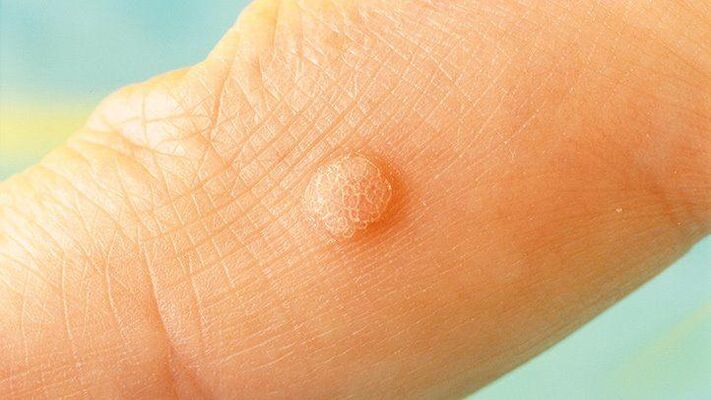
Warts
You can determine the formation of warts on the skin according to certain symptoms:
- the size of the tumor does not exceed 1 cm;
- the wart has clear external borders, surface and inhumane density are detected on palpation;
- the color of the construction can range from light gray to black;
- the neoplasm has an irregular round shape.
The localized site of growth consists mainly of open areas of the body, and especially those that are constantly injured. Warts are most often seen on the hands, fingers, knees, and head in the area of hair growth.
Papillomas
You can independently diagnose growth if you know what a papilloma's body looks like. They are skin growths with a relatively thin stem or flat base. Infection with the virus mainly occurs in public places with high humidity. It is in such an environment that it feels ideal and begins to multiply rapidly.
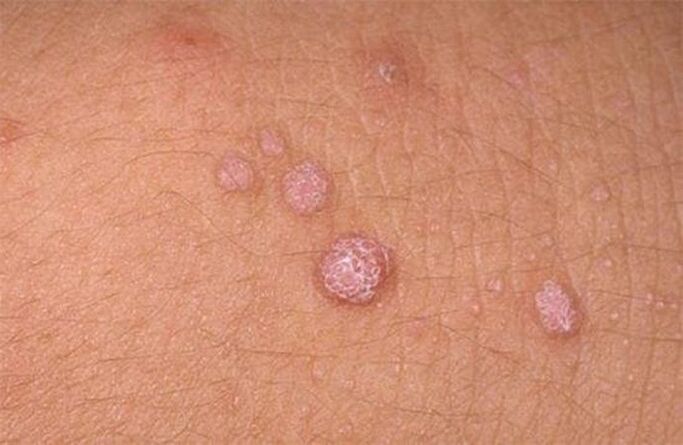
Patients need to know what papillomas look like on the body. The first sign of a tumor is a slight burning sensation, a slight tingling sensation in the epidermis. After a while, neoplasms appear in this zone. Gradually they stretch and stretch, their size increases to 1-1. 5 cm.
Often, papilloma forms on the skin in elderly patients and begins to actively increase in size. The area where the armpits are located is the chest, the groin area, and the area under the armpits. They are flesh-colored or slightly yellow. The presence of the virus in the female body greatly increases the risk of developing cervical cancer.
Warts
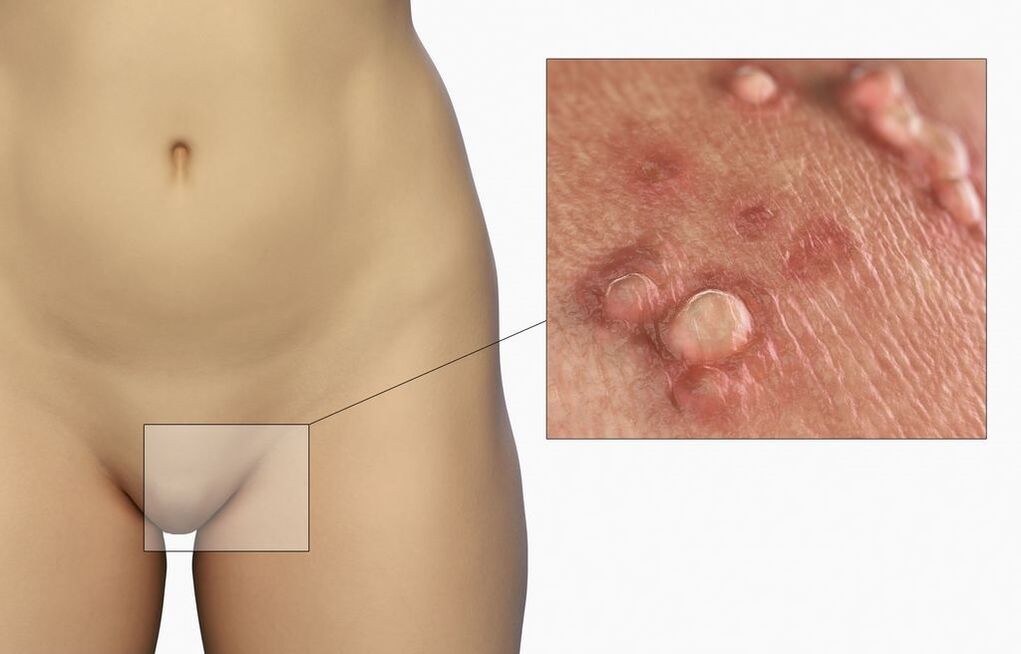
Genital warts are created under the influence of certain types of HPV, which enter the bloodstream exclusively through intercourse. The area of the anus and external genitalia, rarely the oropharynx, is usually the focus of growth localization.
Warts are papillary growths that form on different parts of the body. Individual elements often bond together and form a tumor that resembles a cock comb in appearance.
Incubation period
The papilloma virus has a long incubation period that can last for many years. This makes it relatively difficult to determine the moment when the infectious agent entered the body. The activity of the virus may increase under the influence of various factors that interfere with the functioning of the immune system.
Once in the body, the virus enters the cell nucleus of the dermis and then begins to multiply rapidly. With a decrease in the body's defenses, small papillae begin to appear on the surface of the skin, comprising several cells. They grow slowly and can reach 10 cm.
Diagnostics
Diagnosis of papilloma begins with examination of the patient by an immunologist or dermatologist. The patient's history and symptoms are examined. Laboratory and instrumental studies help identify the cause of the appearance of neoplasms on the body.
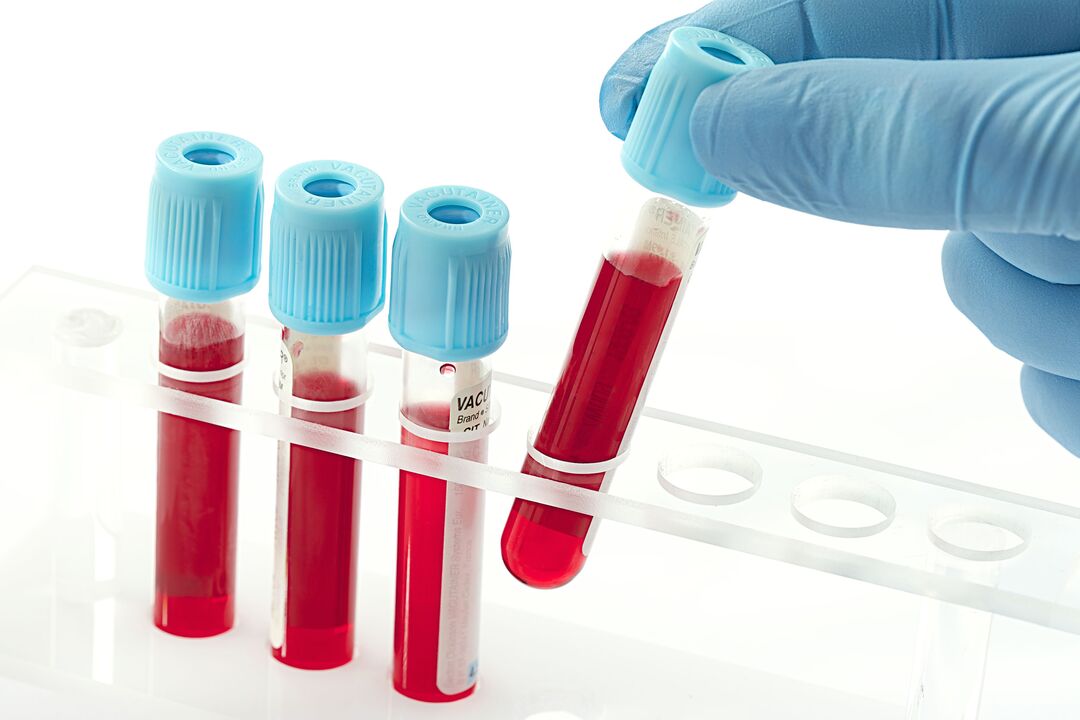
The standard diagnostic program includes:
- general and biochemical blood testing;
- PCR testing;
- biopsy of the material.
Based on the results of the research, effective and safe methods of therapy are selected.
Treatment
It is recommended to start treating papillomas immediately after detection. The choice of method depends on the area of localization of neoplasms, the causes of their appearance, the form of HPV. Only a specialist can determine how to cure papilloma quickly.
Cryocoagulation
With this method of therapy, neoplasms are removed with liquid nitrogen, causing the water in the cells to freeze and die. Cross-construction is only done if the tumor is benign and has no cancer cells.
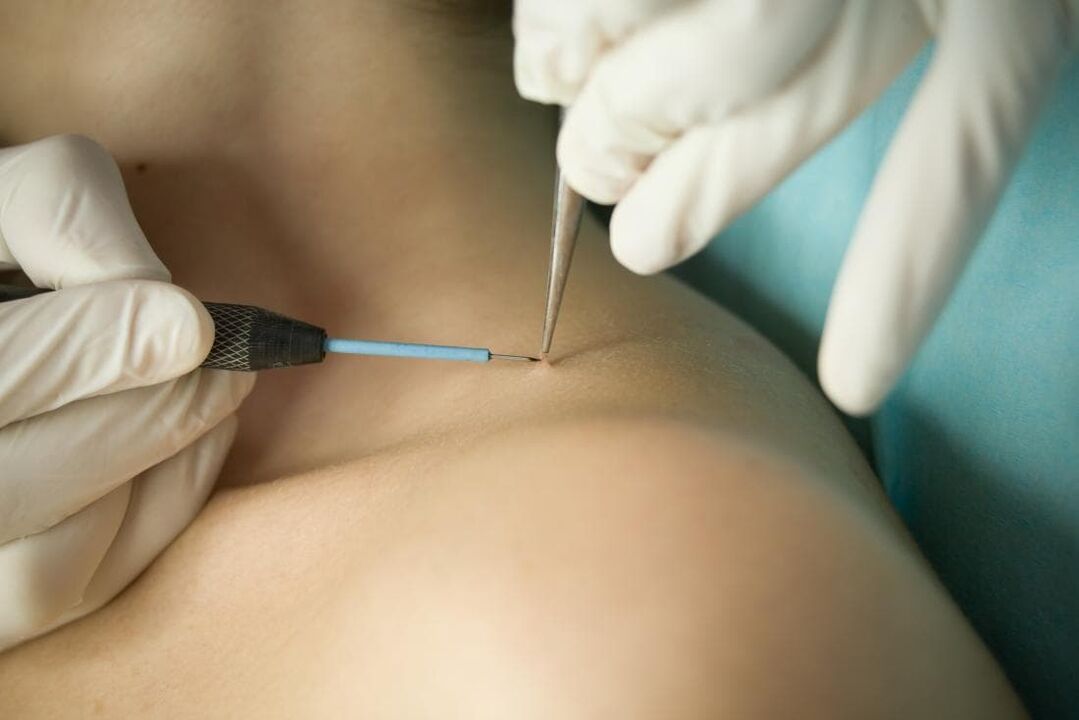
The procedure is considered painless, but if the skin is too sensitive, they resort to the introduction of novocaine. After treating the skin with liquid nitrogen, they turn white and form a small bubble, which accumulates a transparent or pink liquid inside it. When growth is removed by freezing, unpleasant sensations in the form of a burning sensation may appear, but they gradually disappear. After cryodestruction, it is recommended to treat the epidermis with a solution of potassium permanganate or boric alcohol several times during the day.
After a few days, the bladder explodes and a crust forms, which protects the wound from infection. Over time, it disappears and healthy skin remains.
Surgical method
The operation to remove papilloma on the skin is considered to be the most radical method of removal, but it is less commonly used. The indication for surgery is large papillomas.
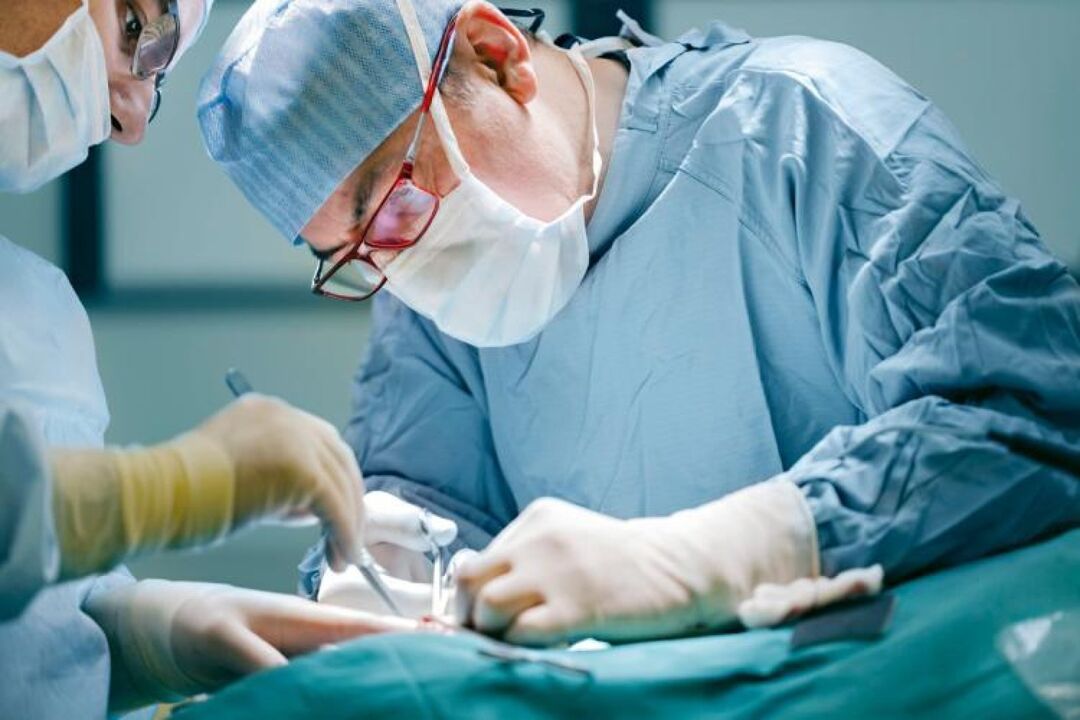
During the operation, the doctor excludes a small area of healthy tissue, which prevents the recurrence of the outflow. The procedure is performed under local anesthesia and lasts no more than 10-15 minutes. The patient does not feel pain, and after the manipulation is completed, a suture is applied. The disadvantage of this method is considered to be a long period of wound healing, scars formation, scars on the body.
Laser removal
The doctor decides how to treat the papilloma after examining the patient. Laser treatment is considered the most modern method of growth, before analysis to exclude cancer cells. The area of the body where the papilloma is located is anesthetized with lidocaine. They then act on it with laser beams and remove it completely. When treated in this way, water evaporates in the damaged cells, dries and forms a crust.
After some time, the skin turns red, swollen, but this reaction occurs after 2-3 days. The crust falls off on its own after 5-7 days and is replaced by a smooth pink skin.
Chemical attack
A chemical effect on papillomas is considered to be an effective way to combat the pathology. Genital warts are removed with special preparations containing organic acids.
With the help of an applicant, they are applied to the surface of the gel and are cautioned. Under the influence of chemicals, growth cells are destroyed, and disappear.
Medication treatment
Medical treatment for papilloma includes:
- Pills. Infection with a virus occurs due to a decrease in immunity, therefore, drug action is aimed at increasing the body's defenses. The patient is prescribed to take vitamins, immunomodulators, antiviral agents.
- Preparations for local treatment. A good effect is to use creams and ointments with antiviral action. For small tumors on the penis, gels and creams that stimulate interferon production are selected. To remove growth, the doctor prescribes solutions with cauterizing properties.
Only a doctor can determine whether papillomas should be removed in different parts of the body.
Immunomodulators
How multiple papillomas are treated on the body depends on their size and localized area. An integrated approach involves treatment with immunomodulators, whose action activates the body's natural defenses.
There are different types of HPV, so such a drug should be selected by a specialist after immunological studies. With papillomas in women, it is recommended to pay special attention to natural immunomodulators that help restore immunity at the level of DNA.
Self-destruction
Treating large papillomas at home can aggravate a person's condition and cause the virus to spread throughout the body. The possibility of using funds to self-extract growth is determined by a dermatologist. This method of treatment can be used only in the absence of oncogenic factor and suspicion of malignant growth.
Self-treatment of benign neoplasms includes the use of topical ointments, medications prescribed by a physician.
Traditional methods of treatment
In addition to the treatment regimen chosen by the doctor, the use of alternative treatment methods is allowed. Intensive growth of papillomas can be stopped and eradicated when smeared with celandine, dandelion or sour apple juice.

You can lubricate the neoplasm with fresh egg protein every day and wait for it to dry. After a while, a dry papilloma will fall off on its own. At the pharmacy, you can buy a special adhesive tape, which is glued for a long time, and then the neoplasm is cleaned.
To eliminate the defect, it is recommended to cut garlic cloves and rub the growth on the skin with it for several days in a row.
Treatment with home and folk remedies is a long process. For better effectiveness, it is recommended to combine it with taking medications that have antiviral effect.
Prophylaxis
Human papillomavirus virus can be prevented by maintaining physical hygiene, timely treatment of any injuries to the epidermis and its healing. To prevent infection, you need to use personal hygiene products.
Prevention of papillomas involves rejection of casual sexual intercourse, adherence to a healthy lifestyle, and increased immunity. The virus has the potential to be a stimulant factor in cervical papilloma formation and cancer development. Women should regularly visit a mammologist with a gynecologist, make sure they adhere to proper nutrition. What to do if papilloma is found, it is recommended to ask your doctor and not to self-pay.














































































